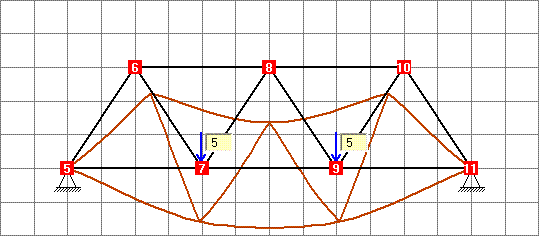Why ISSD ?

The majority of the commercial software, distributed by the few suppliers on the European market, can perform very complex calculations ranging from the dynamic analysis, the calculation of instabilities to the time responses.
However, control of this software requires regular use, several dozens of hours of familiarization and reading of tiresome instructions.
One observation becomes crystal clear: the software which will be used in the decades to come should be able to carry out complex calculations, but should especially be simple and very intuitive to use.
It is rather disconcerting that, from one software to another, the number of operations (e. g. click, double click, confirmation or introduction of certain data, etc) necessary in order to obtain a result is sensibly different. This difference proves that the software developers devote more resources to improve the calculation capacities of their software than to optimize their ergonomics.
The majority of the engineers or architects however frequently need a quick answer (in terms of forces, stresses or displacements) for relatively simple problems, in sketch stage, conceptual phase or budget evaluations: Especially in these circumstances, they need a simple, user-friendly and fast 2D software and not the particularly complete set of calculations from traditional software.
These observations led to the idea of conceiving software based primarily on simplicity, ergonomics and the speed of the provided results, while allowing the analysis of complex 2D structures.
Considered as a very powerful didactic work tool for the calculation of structures and material strength, the “career” of ISSD started at European universities or colleges. It was then supplemented to fulfill the requirements of the engineering and design offices (profile catalogue, second order calculation, P-deltas, catalogue of structures, beams on elastic ground, etc) while preserving its great ease of use.
Hence, ISSD software is characterized at the same time by an ease of use, pushed to the extreme, and by an advanced capacity of calculation: it could be seen as the “pocket calculator” of the structural engineer of stability, the architect, the engineer on site, the controller or quantity surveyor.